Brno is the second largest city in the Czech Republic. And it is (among many other things) a city of statues. Walking through its historical center, you can see dozens, maybe hundreds of these works of art in the streets and parks. I'm going to introduce you to some of them in this article.
A short walk from the train station, on the Zelný trh, a figure looks down at you from a window on the third floor of the Husa na provázku theater.
Brno je druhé největší město v Česku. A mimo jiné (mimo mnohé jiné) je to město soch. Když procházíte jeho historickým centrem, můžete se na ulicích a v parcích setkat s desítkami, možná stovkami těchto výtvarných děl. Některé vám představím v tomto článku.
Kousek od nádraží, na Zelném trhu, na vás shlíží jedna postava z okna ve třetím patře divadla Husa na provázku.
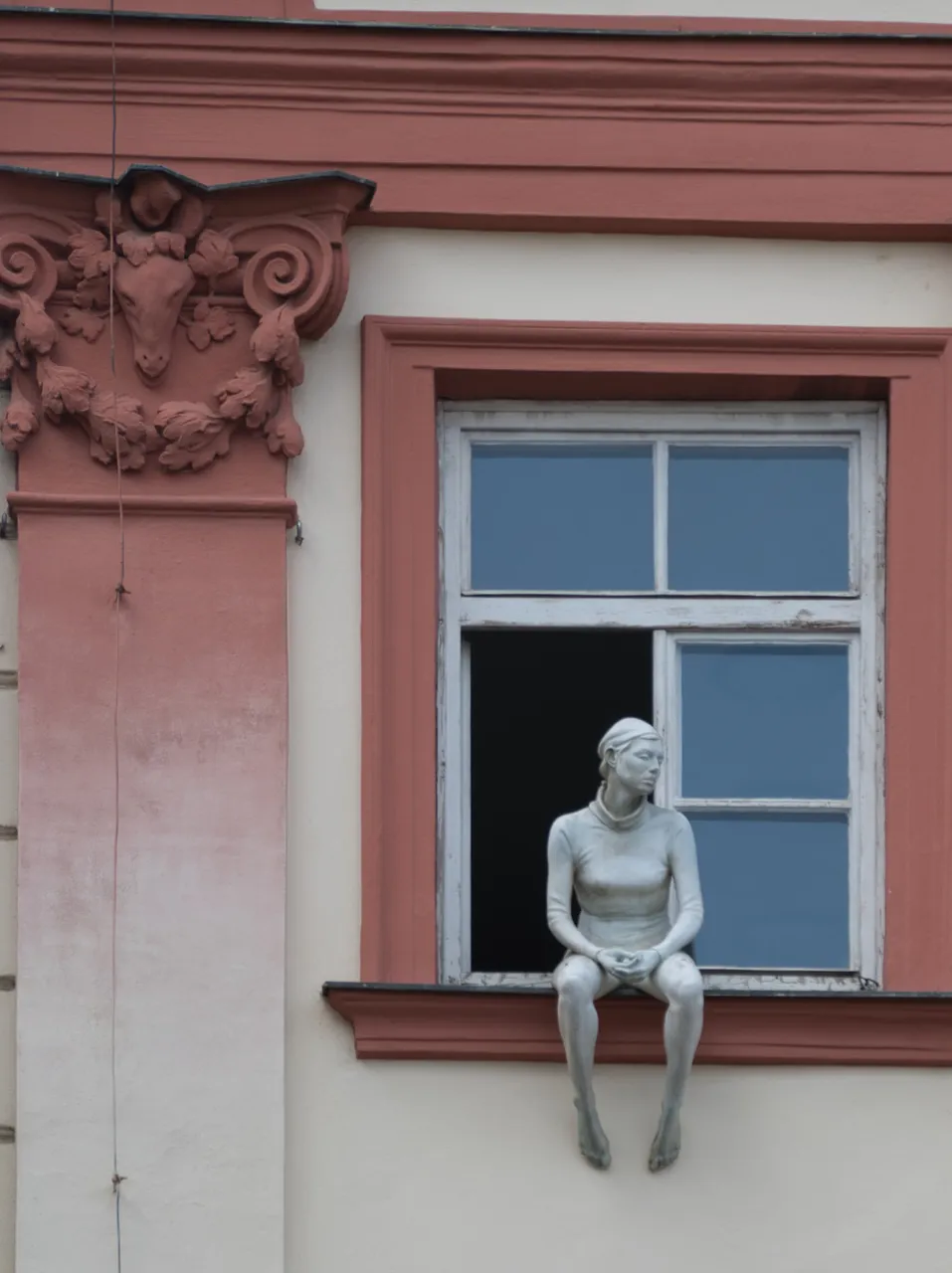
The statue of Wolfgang Amadeus Mozart at the Zelný trh is serious and roguish at the same time. Just like the Maestro's music.
And when we lower our heads from the high floors to the ground, we find statues there, too. On the sewer, for example.
A na Zelném trhu ještě zůstaneme. Socha Wolfganga Amadea Mozarta je seriózní a rozpustilá současně. Stejně jako Mistrova hudba.
A když skloníme hlavu z vysokých pater zpět k zemi, i tam najdeme sochy. Třeba i na kanálové vpusti.
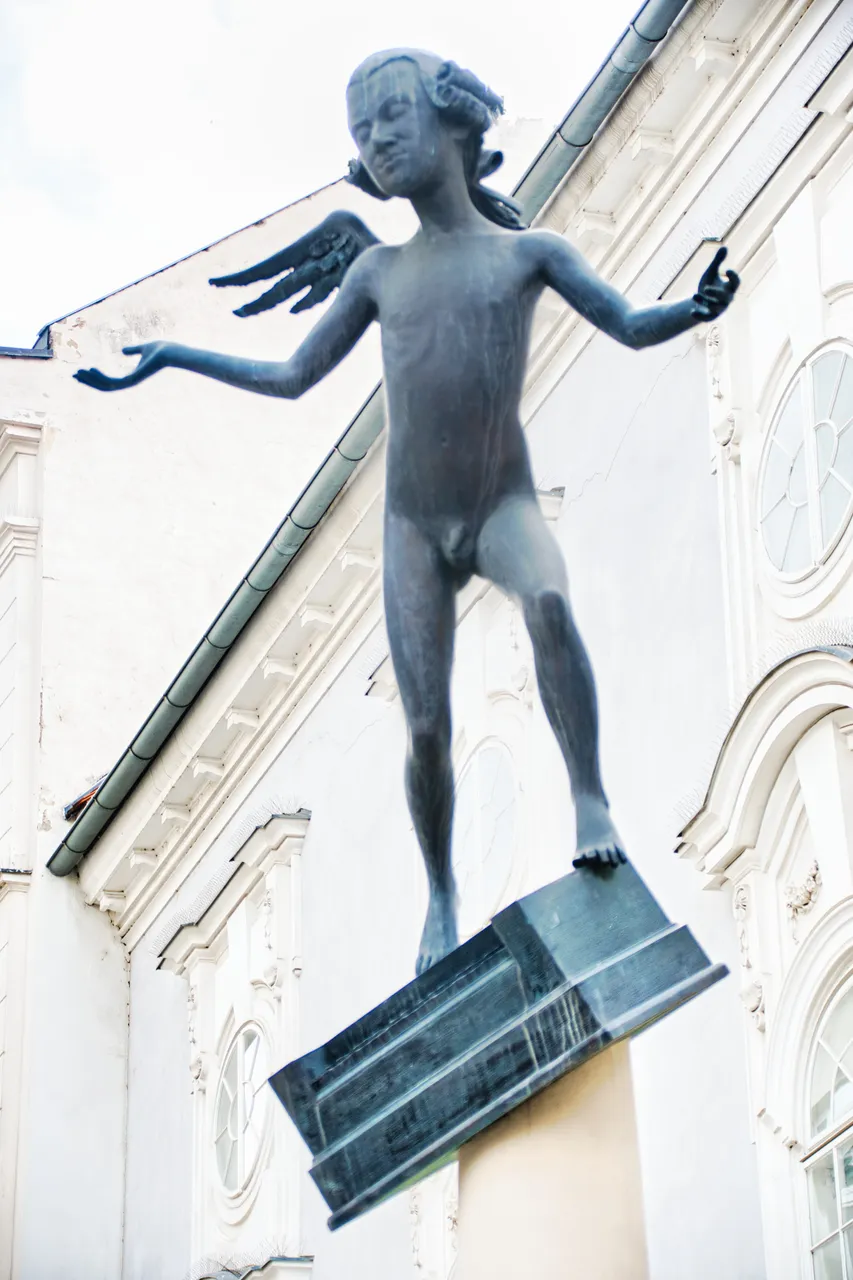
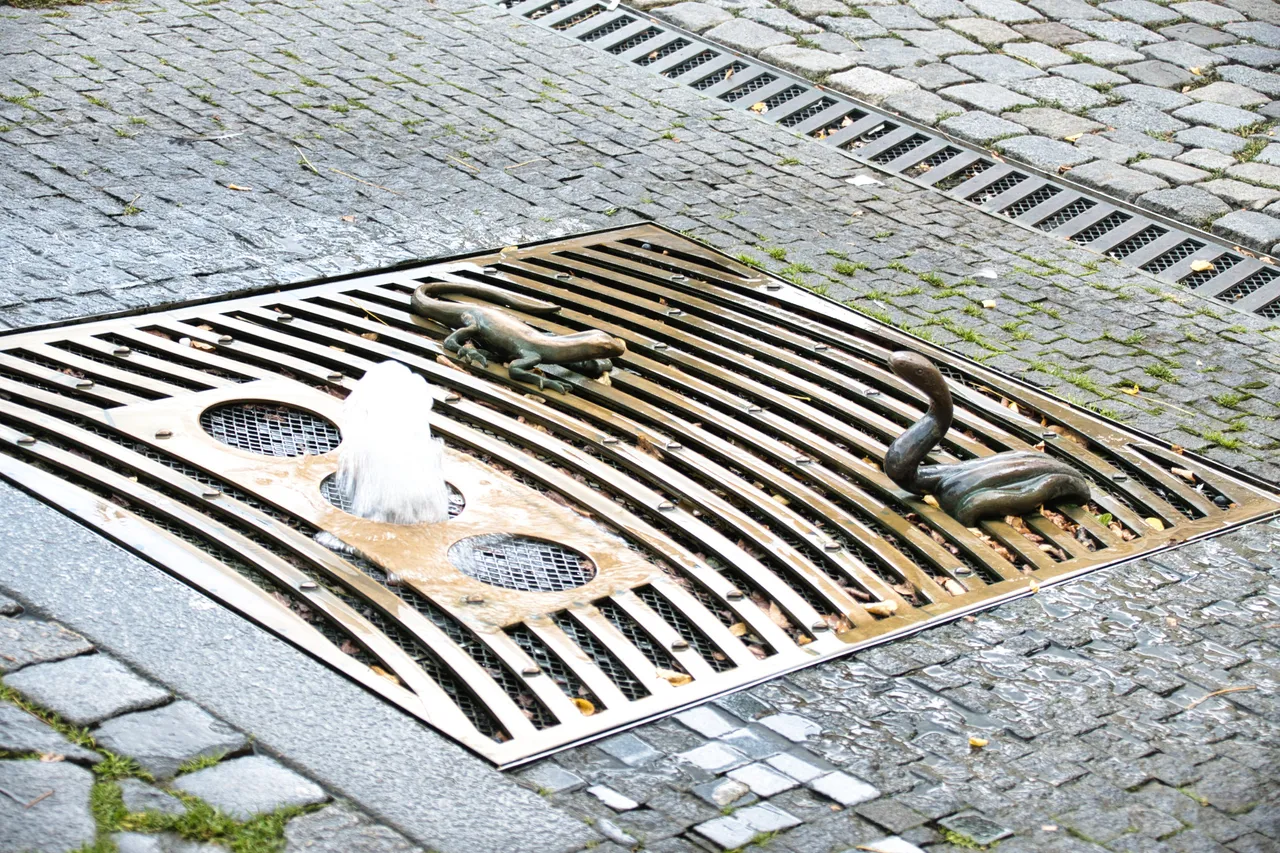
If Prague has its astronomical clock, Brno must have it too. You can find it on Liberty Square. Just like in Prague, it tells the time, and just like in Prague, nobody knows the time.
And right next to it is the famous Brno sculpture "At the Four Atlases". Four imposing, muscular statues support the facade of the Gerstbauer Palace.
Když Praha má svůj orloj, Brno ho musí mít také. Najdete ho na náměstí Svobody. Stejně jako ten pražský ukazuje čas a stejně jako v tom pražském se v něm nikdo nevyzná.
A hned vedle je známé brněnské sousoší "U čtyř mamlasů". Čtyři impozantní svalnaté sochy podpírají průčelí Gerstbauerova paláce.
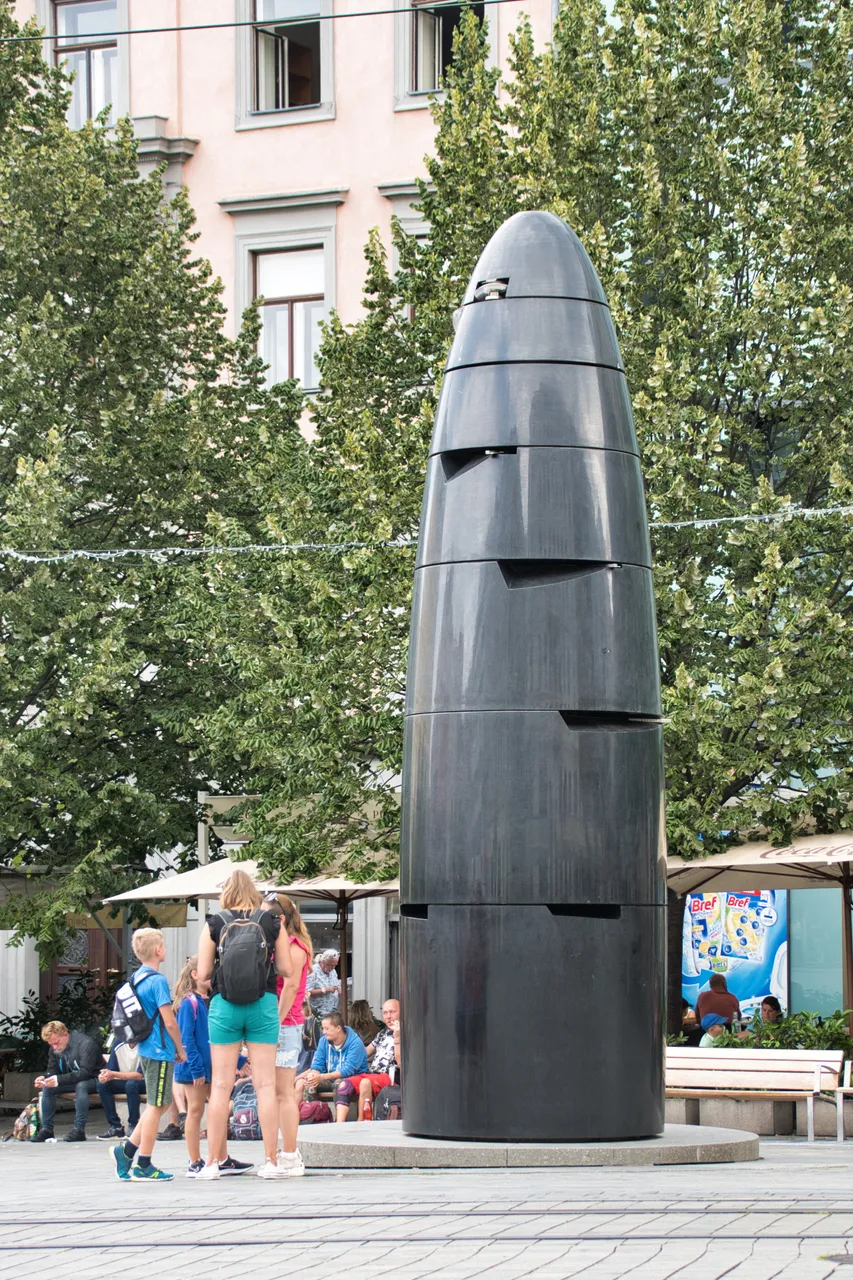
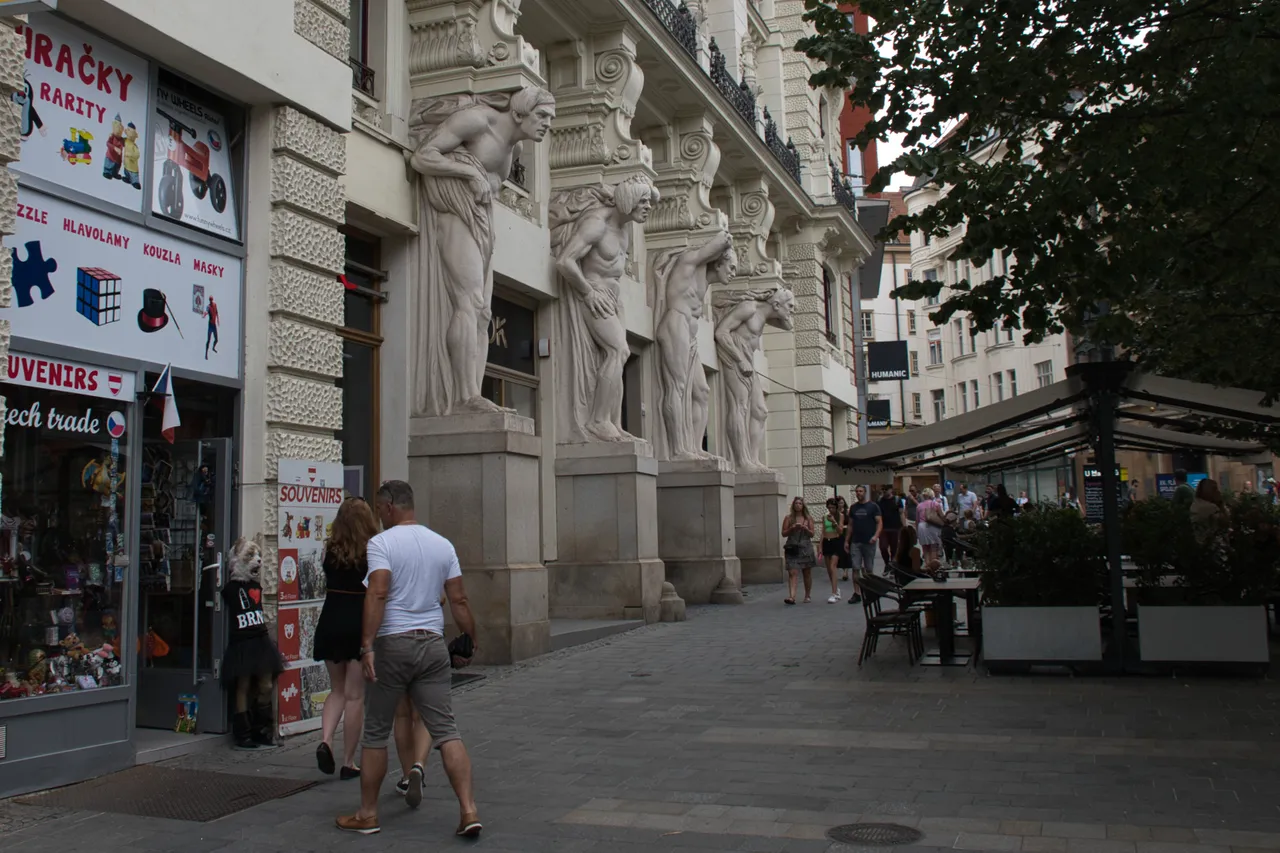
As a contrast to the steroid musculature of the "Atlases" we can give ourselves... "Queen of the Night". The delicate and subtle ceramic statue of the Queen of the Brno Nights is in the park "Koliště". Unfortunately, I was not in Brno until the night, so I can not give any information on whether the "queens of the night" will meet there in reality.
Jako kontrast k steroidové muskulatuře "Mamlasů" si můžeme dopřát třeba... "Královnu noci". Křehká a subtilní keramická socha královny brněnských nocí je v parku "Koliště". Bohužel nebyl jsem v Brně až do noci, tak nemůžu podat informaci, jestli se tam "královny noci" scházejí i ve skutečnosti.
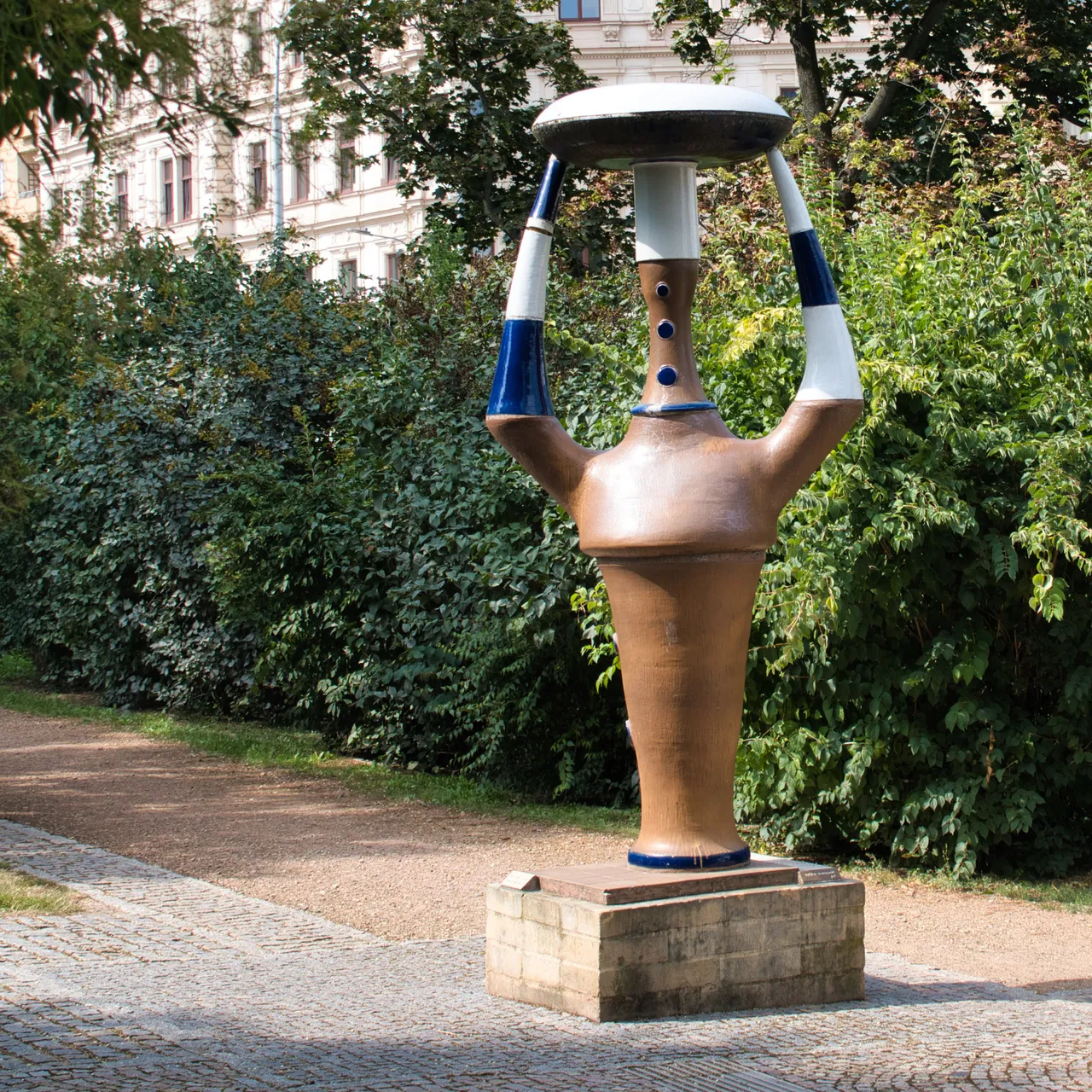
I'm sure you're familiar with the depiction of "Justice" as a blindfolded woman holding scales and a sword. The statue of Justice in front of the Supreme Administrative Court in Brno shows Justice in a different way: as a heavy burden. The judges certainly know this...
Určitě znáte perzonifikaci "Spravedlnosti" jako ženu se zavázanýma očima, držící váhy a meč. Socha Spravedlnosti před Nejvyšším správním soudem v Brně zobrazuje spravedlnost jinak: jako těžké břemeno. Soudci o tom jistě vědí svoje...

For the last statue in this article, I will take the liberty of comparing it again with Prague. While the most famous statue in Prague is probably the statue of Prince Wenceslas on Wenceslas Square, Brno has a statue of Jobst of Moravia on Moravia Square.
And while Wenceslas was "only" a regional ruler, Jobst of Moravia managed to become king of the Holy Roman Empire. He may have died three months after his election (his successor Sigismund of Luxembourg might know something about that), but if he hadn't, the history of Brno might have been much more glorious. And who knows what our capital would have become?
The massive eight-meter statue of Jobst of Moravia symbolizes courage and dominance, and on hot summer days you can smell the testosterone a mile away. Many visitors to Brno want to take pictures of it - and I've noticed that certain angles are particularly popular.
U poslední sochy v tomto článku si opět dovolím srovnání s Prahou. Zatímco nejznámější socha v Praze je nejspíš socha knížete Václava na Václavském náměstí, v Brně mají na Moravském náměstí sochu Jošta Moravského.
A zatímco Václav byl "jenom" nějaký regionální kníže, Jošt Moravský to dotáhl až na krále Svaté říše Římské. Sice po třech měsících od svého zvolení zemřel (jeho nástupce Zikmund Lucemburský by o tom něco mohl vědět), ale kdyby se tak nestalo, možná, že historie Brna by byla mnohem slavnější. A kdo ví, co by bylo naším hlavním městem...?
Mohutná osmimetrová socha Jošta Moravského symbolizuje odvahu a dominanci a za horkých letních dnů je z ní cítit testosteron na míle daleko. Málokterý z návštěvníků Brna si ji opomene vyfotit - a jak jsem si všiml, některé úhly pohledu jsou zvlášť oblíbené.


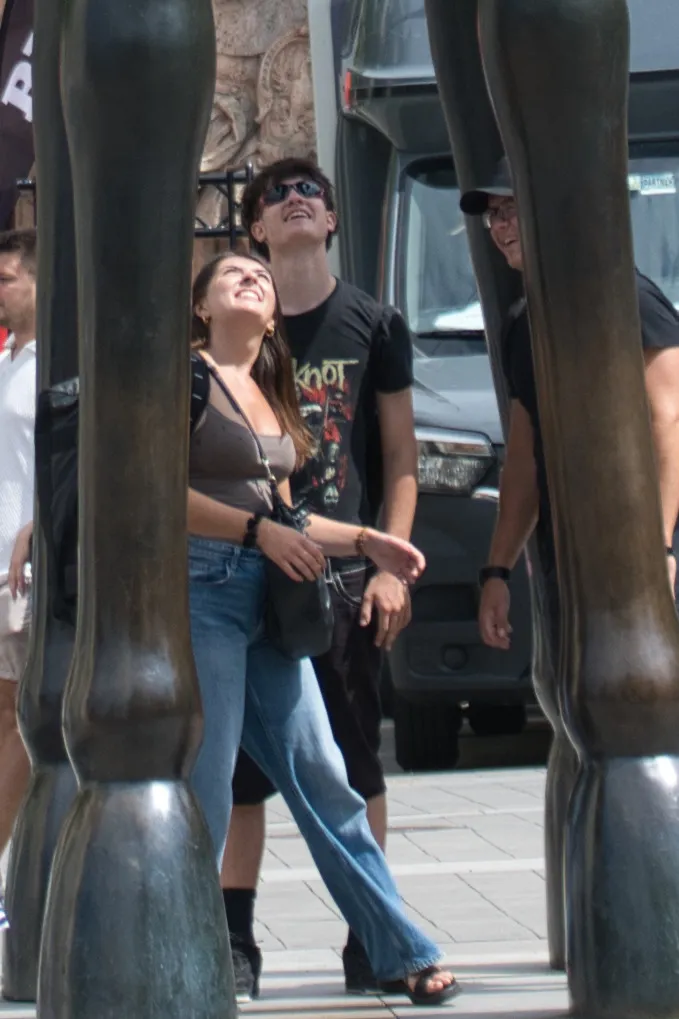
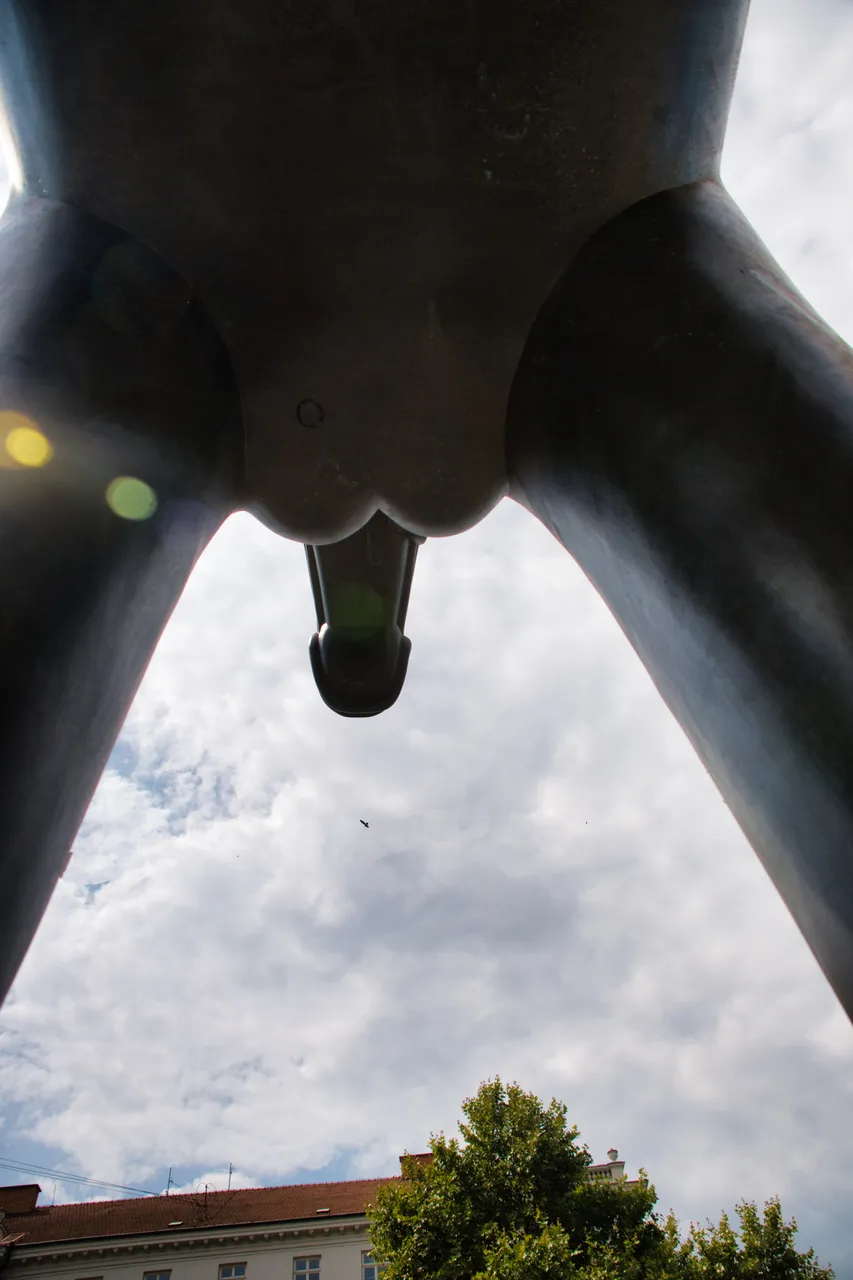
Finally, I would like to say goodbye with just one small thing: The memorial plaque on the occasion of the unveiling of the memorial plaque - this is just typical of Brno.
Thank you for reading this far.
A na úplný závěr se s vámi rozloučím jen takovou drobností: Pamětní deska ku příležitosti odhalení pamětní desky, to je prostě typické Brno.
Díky že jste dočetli až sem.
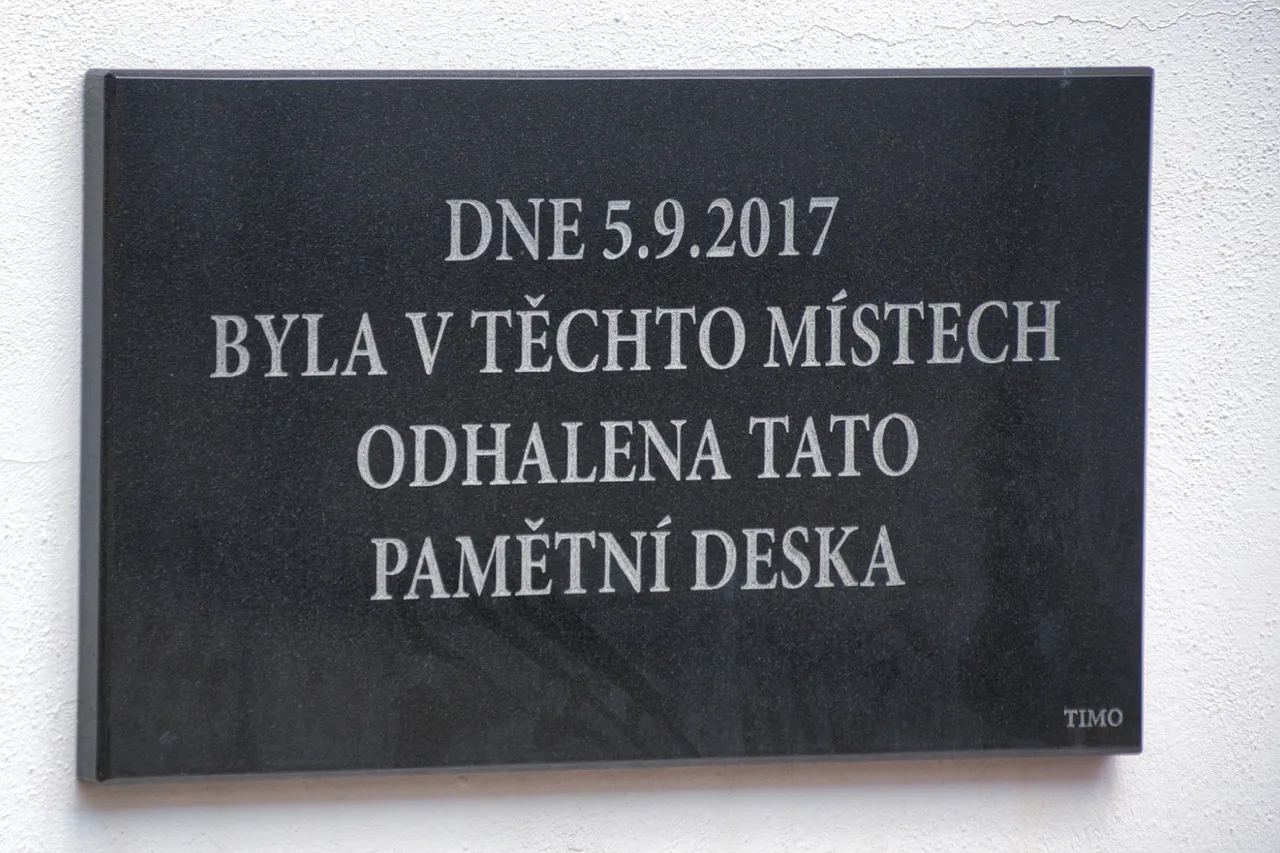

Thank you for taking the time to read this post, if you have any questions, criticisms or suggestions I would appreciate it if you would throw them in the comments box
Translated with www.DeepL.com/Translator (free version)

